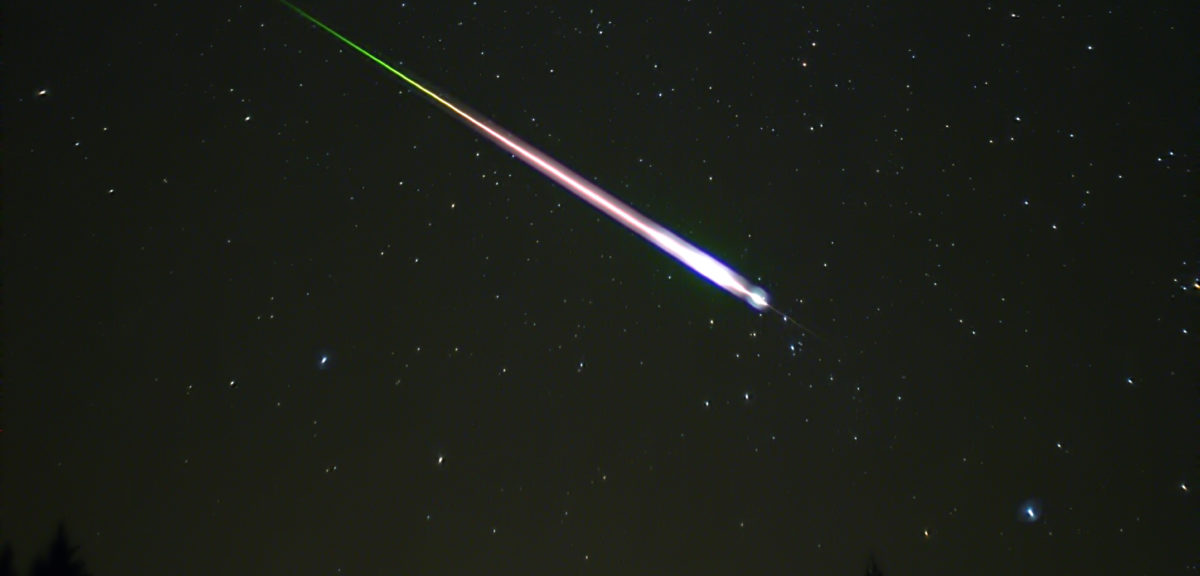Scientists estimate that thousands of extraterrestrial rocks enter our atmosphere every year, most of which burn up or fragment into smaller pieces before hitting Earth.
Here’s how the Center for Near-Earth Object Studies (CNEOS) at NASA/JPL refer to various space objects.
Asteroid: A relatively small, inactive, rocky body orbiting the Sun.
Comet: A relatively small, at times active, an object whose ices can vaporize in sunlight forming an atmosphere (coma) of dust and gas and, sometimes, a tail of dust and/or gas.
Meteoroid: A small particle from a comet or asteroid orbiting the Sun.
Meteor: The light phenomenon which results when a meteoroid enters the Earth’s atmosphere and vaporizes; a shooting star.
Meteorite: A meteoroid that survives its passage through the Earth’s atmosphere and lands upon the Earth’s surface.
So what happens to these pieces of space rock?
Researchers at the University of Arizona have developed a system called “Rapid Detection and Recovery of Meteorites”, or RADARMET.
Funded by NASA, this meteorite tracking system uses data gathered by the network of Doppler radars from the US National Weather Service. The data is fed into specially developed computer models, which then provides the needed information.
The RADARMET system takes such variables as atmospheric winds into consideration when pinpointing meteorite locations.
With RADARMET, scientists and meteorite hunters are given information that can help them recover fragments of the meteor within hours to a couple of days of the fall of the objects.
























Comments are closed.